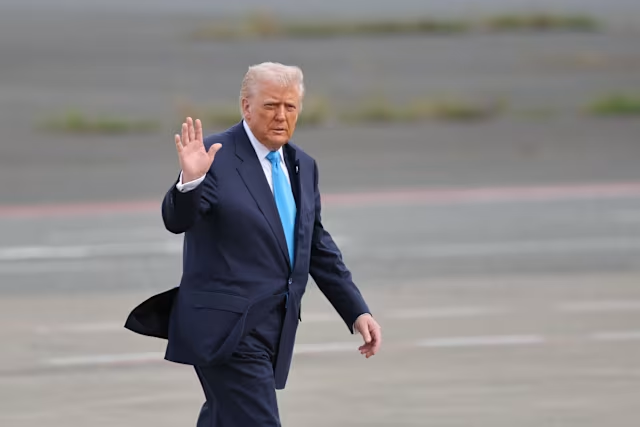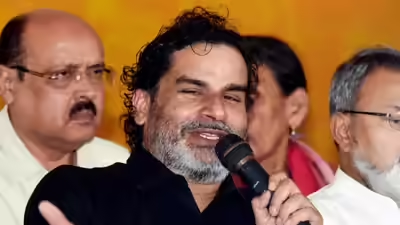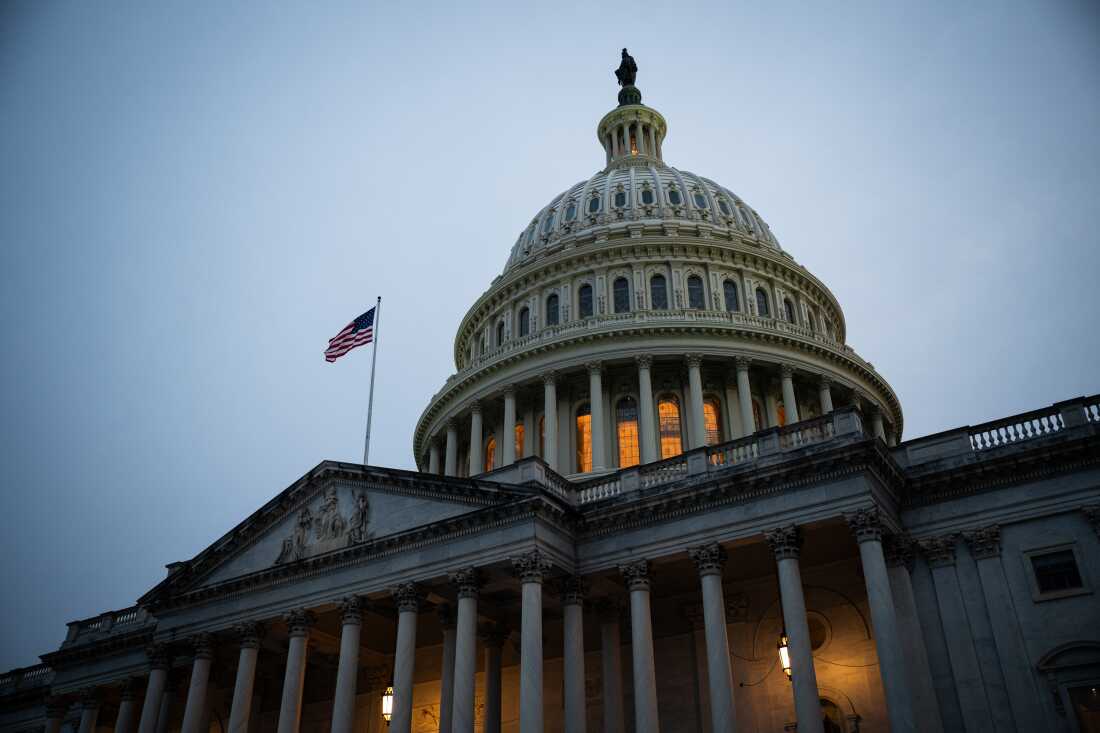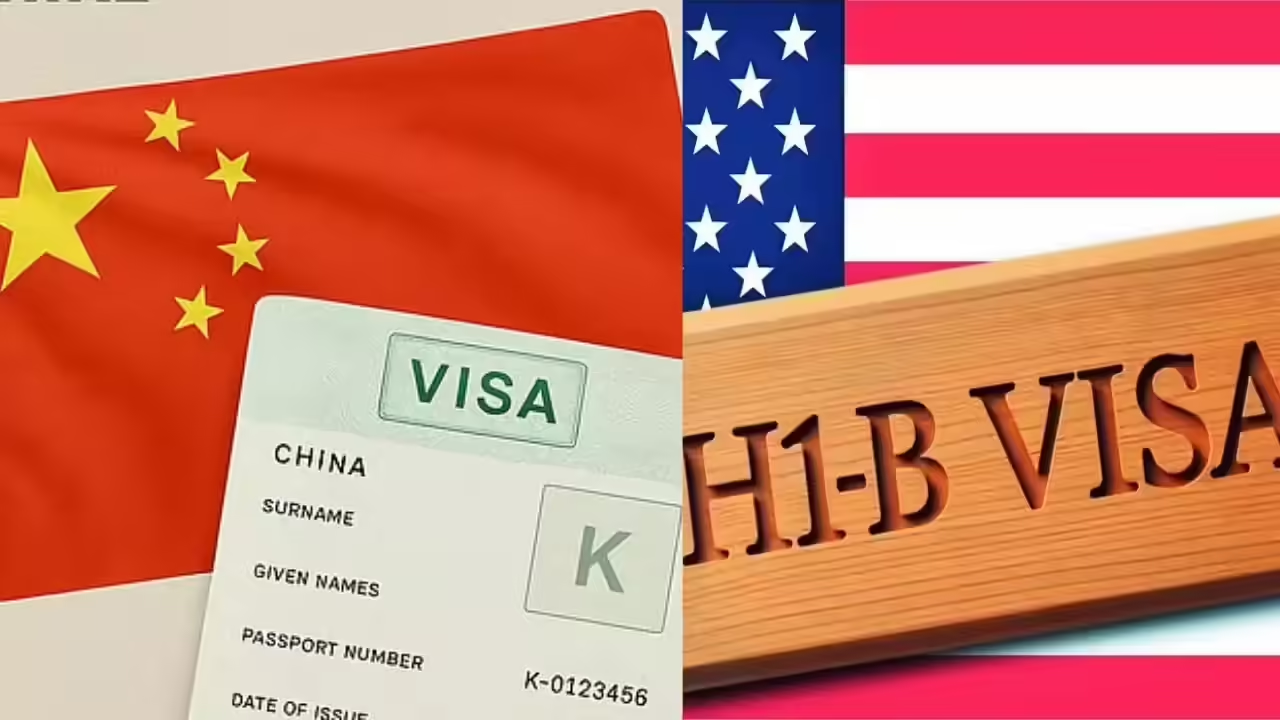Now Reading: Bipartisan US Senate Bill Targets H-1B and L-1 Visa Reforms, Prioritizing STEM Graduates
-
01
Bipartisan US Senate Bill Targets H-1B and L-1 Visa Reforms, Prioritizing STEM Graduates
Bipartisan US Senate Bill Targets H-1B and L-1 Visa Reforms, Prioritizing STEM Graduates
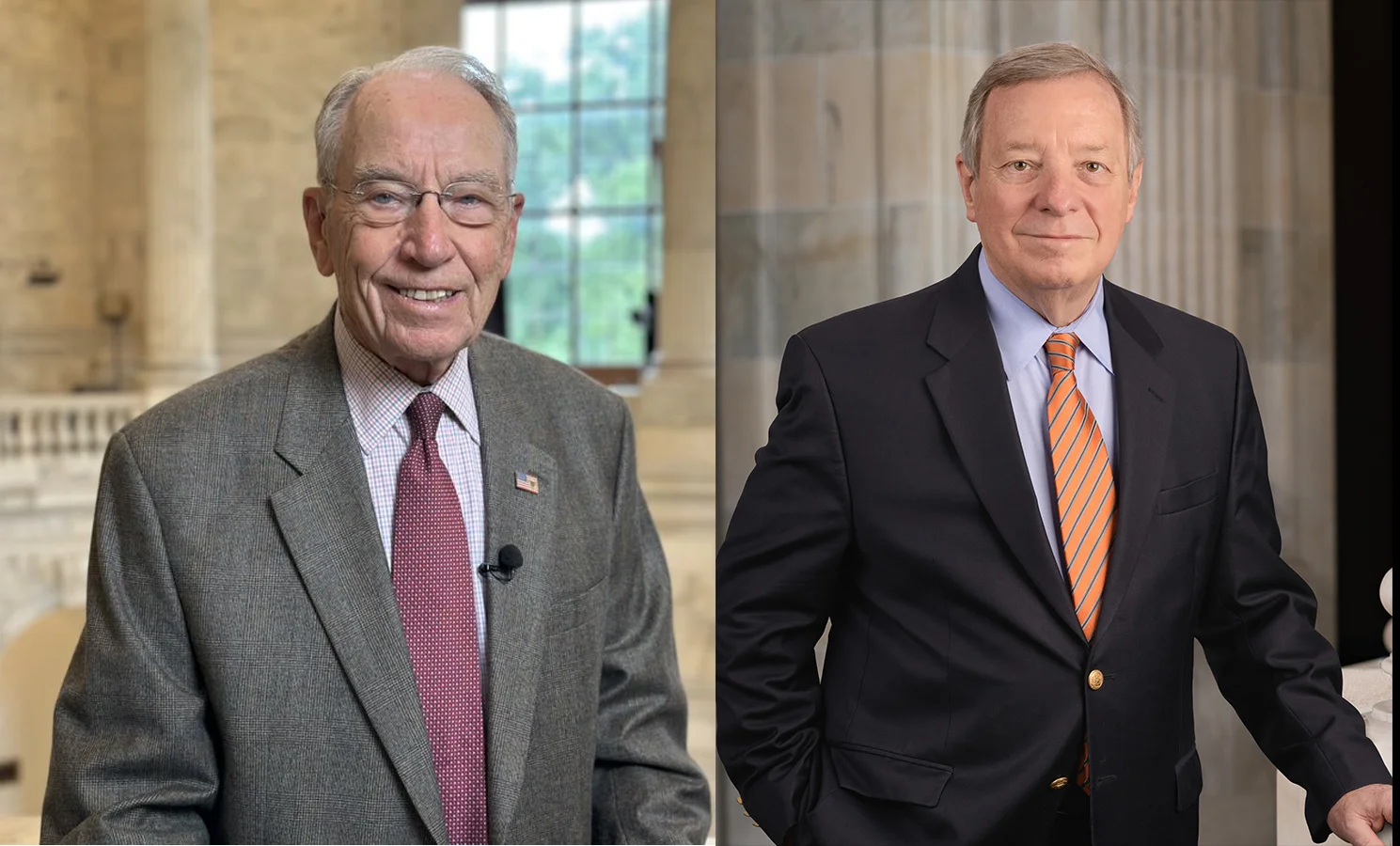
In a significant move, U.S. Senators Chuck Grassley (Republican) and Dick Durbin (Democrat) have introduced the H-1B and L-1 Visa Reform Act. This bipartisan legislation seeks to overhaul the H-1B and L-1 visa programs, aiming to prioritize U.S.-educated STEM graduates and address concerns over outsourcing and wage suppression. The bill has garnered support from both parties, reflecting a shared commitment to reforming high-skilled immigration policies.
Key Provisions of the Reform Act
The proposed legislation includes several notable changes:
- Priority for U.S.-Educated STEM Graduates: Applicants holding advanced degrees in science, technology, engineering, and mathematics (STEM) from U.S. institutions will receive preference in the visa selection process.
- Increased Wage Standards: The bill proposes raising wage thresholds for H-1B and L-1 visa holders to ensure that foreign workers are not employed at lower wages than their American counterparts.
- Enhanced Oversight and Penalties: The legislation aims to strengthen enforcement mechanisms and impose stricter penalties on companies found violating visa regulations or engaging in wage exploitation.
- Public Job Postings: Employers would be required to publicly post job openings to ensure transparency and provide opportunities for American workers.
Implications for Indian Professionals
Indian nationals constitute a significant portion of H-1B and L-1 visa holders in the U.S. The proposed reforms could impact their prospects, especially those with lower wage offers or without advanced STEM degrees from U.S. institutions. While the bill aims to protect American workers, it also raises concerns about potential challenges for foreign professionals seeking employment in the U.S.
Conclusion
The introduction of the H-1B and L-1 Visa Reform Act marks a pivotal moment in U.S. immigration policy. By prioritizing U.S.-educated STEM graduates and implementing stricter regulations, the legislation seeks to balance the interests of American workers with the need for high-skilled talent. As the bill progresses through the legislative process, its outcomes will significantly influence the future landscape of high-skilled immigration in the United States.








